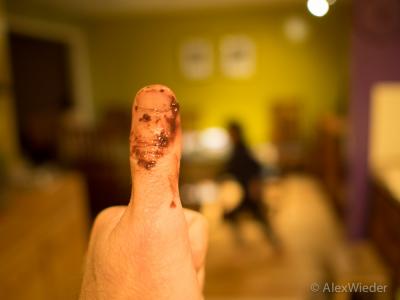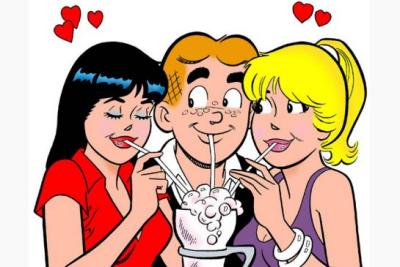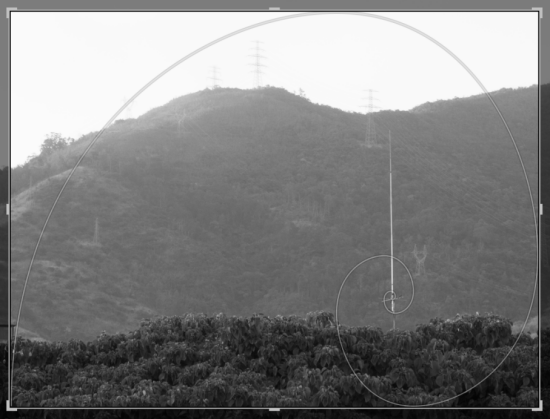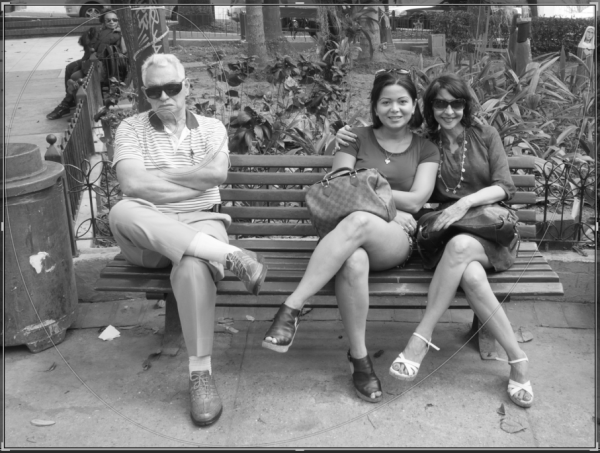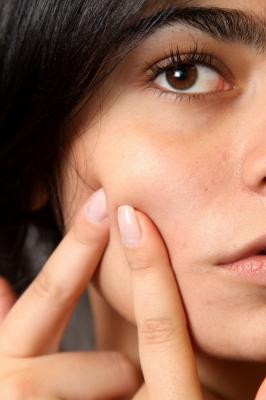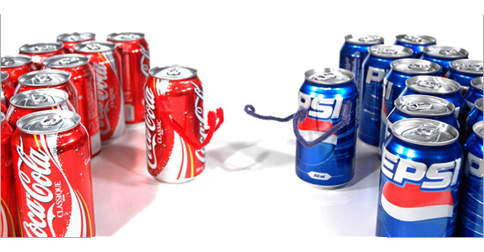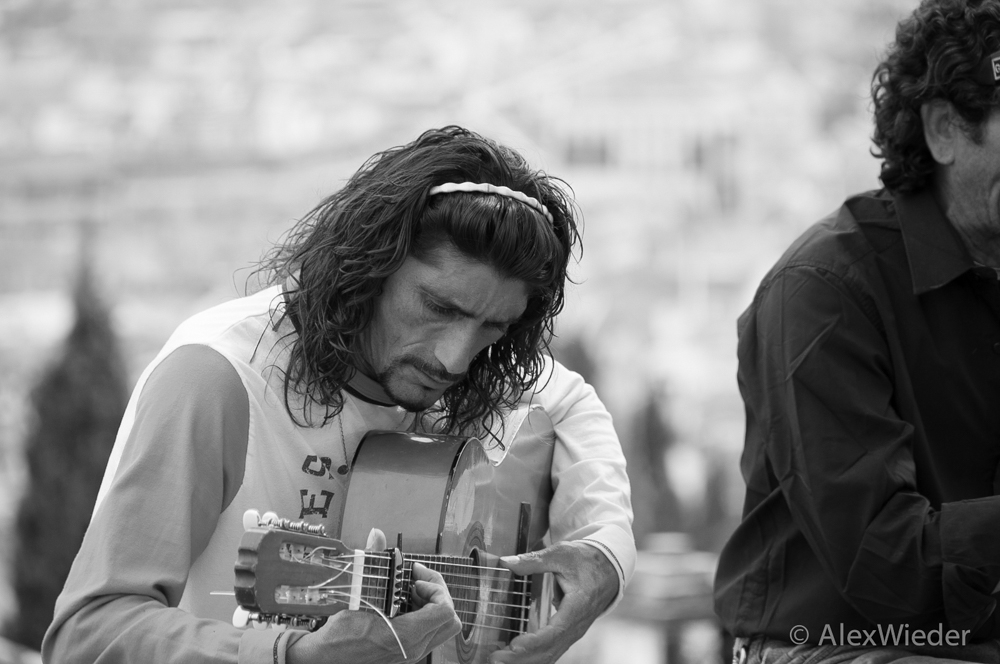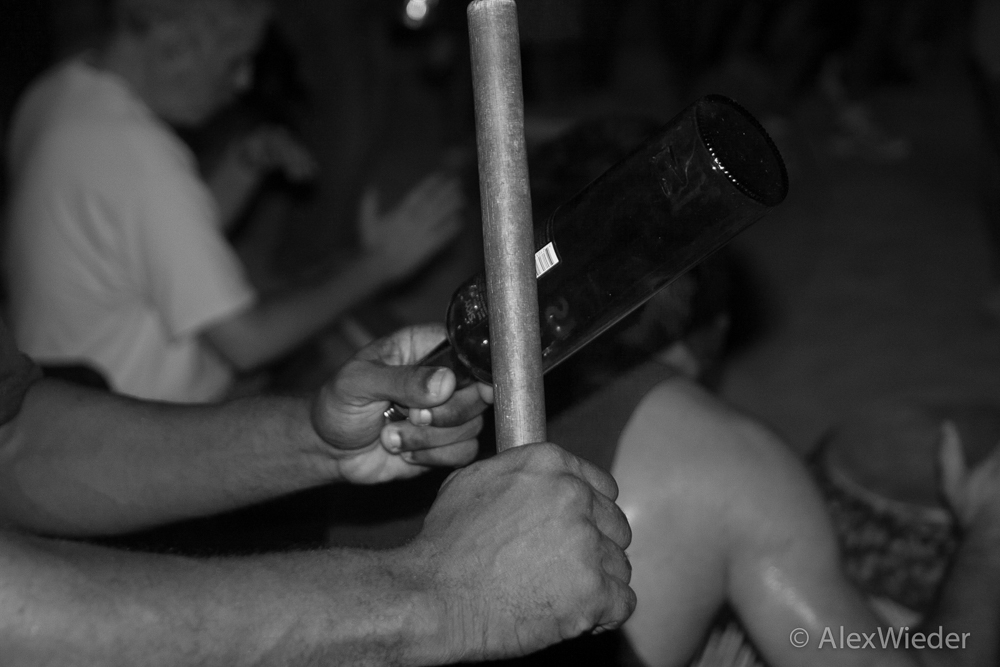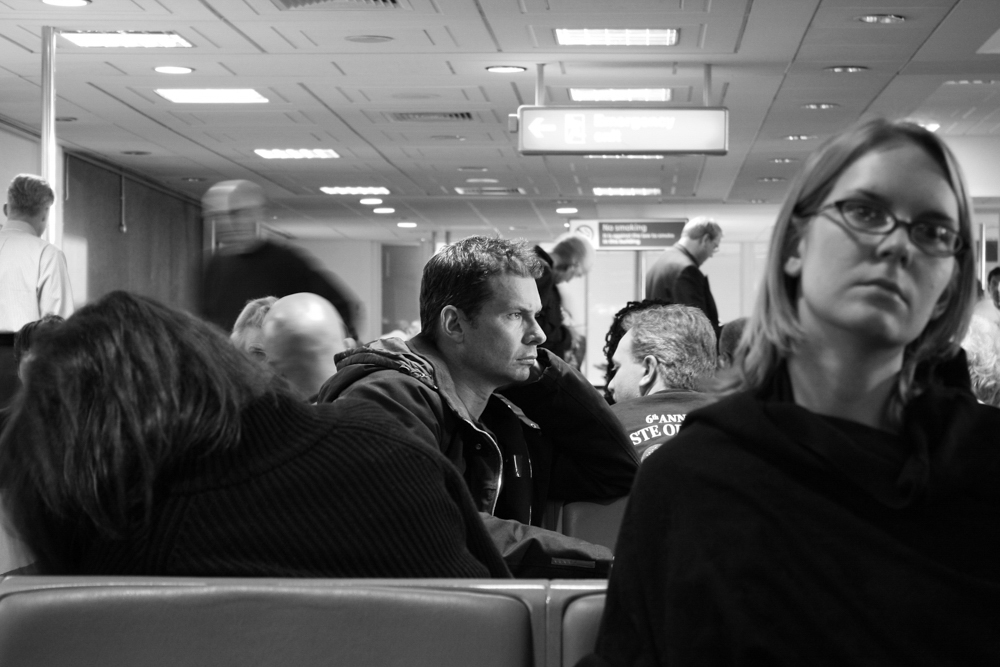The great debate still rages. Far less important than East against West (or West against East, depending on who you are, or where), but it’s one of those things that, while incredibly irrelevant, are immensely important at the same time.
“And what does it have to do with art?” you’d ask.
If we were sitting at one of many, now mostly extinct, cafes. A lot. It has a lot to do with art because what’s perceived and appreciated as art starts with liking. This is as true for soda as it is for six-million-dollars paintings or photographs. (Works for spouses too.)
Before diving into the realm of Neuroscience, however, let’s take a look at the more subjective side of this issue: taste knows nothing about logic. Personal taste is informed, among others, by a complex set of notions called “Aesthetics.”
By definition, aesthetics has little to do with beauty, which is already quite subjective, even though most people associate the two; probably because we’ve grown accustomed to visiting an “aesthetician” when we want to perk up our appearance or to go under an “aesthetic surgeon’s” knife to get rid of a feature we dislike about ourselves (or add one – usually two, though – that we’d like enhanced). The common meaning, associated with the word is nothing more than a linguistic artifact.
Fashion is a very good illustration of what aesthetics is. Probably one of the best. Not only because it embodies what is considered normal at a given historical moment, but also because of its ephemeral character – it changes: skin-tight pants were in fashion in the early 70’s, but by the next decade, everything was loose and baggy (may that part of history never befall us again). Fashion, however, changes from one year to the next. Sometimes the change is radical, sometimes you can still see remnants of what was fashionable the previous year in the current trends, but it changes, invariably, like clockwork, every year. Designers, retailers, and manufacturers need this to be so in order to stay relevant or, more accurately stated, in order to stay in business. It’s a matter of survival for a lot of people, some of whom are extremely powerful.
Aesthetics, like fashion, also changes, but it does so over much longer periods. It also encompasses much more than clothing, hair styles, and color palettes, and some, I’m sure, would argue that it’s driven too by an oligarchy of thinkers, marketers, and politicians. Aesthetics, also, very rarely changes as radically as fashion does, and it’s not hard to see how it evolves, rather than change, even though the direction of this evolution is not always the same.
Unlike fashion, however, aesthetics tends to be a generational thing. Hence, its less volatile character. The writers, the musicians, the artists that epitomize, and at the same time define, each generation, are relegated to those “things our parents liked” by the next (there are a few exceptions to this, though). In addition to this time-based distinction, there are also cultural distinctions, some of which are so ingrained that they don’t change at all: home décor in more traditional cultures is a good example of this, as is western unconditional acceptance of christmas decorations and music every year. The latter are constant aspects of aesthetics that spill into the realm of cultural identity.
Of course, aesthetics show variations from person to person, and that’s one of the reason we all like different things. Otherwise, we’d be far more like the people in Huxley’s “Brave New World” than we already are (or like the wives of Stepford, to use a more popular example).
What we consume, and I’m using the term well beyond material goods, is greatly informed, also, by what we experience at any given moment. What we like, or how we react to what we perceive is far more fickle, as it’s likely to be informed by more recent experience, whether conscious or not: if you live in the United States, images of cops or authority figures are likely to elicit a far different reaction now than only a week after the scandal surrounding Sandra Bland’s traffic stop and subsequent death, no matter which side of the issue you’re aligned with. Your reaction to an image of a black person (regardless of your race and your standing on race issues) is also likely to have been affected by this.
In a test conducted in a supermarket in England, a direct correlation was found between ambient music and wine choice: French ambient music prompted wine shoppers to pick French wines over their equivalent German counterparts in 70% of purchases and German music elicited the opposite response (with a similar choice distribution). If you prefer a far more un-scientific test of how experience affects decisions, go shop for groceries feeling hungry, then go again a week later at a time when you’re not hungry at all (after having had lunch, for example) and compare the outcomes.
Coke vs. Pepsi and neurology… Recent studies show that the act of making a choice doesn’t follow a straight, “a to b,” path in our heads. Decisions go through yet another sieve in the brain: the ventromedial prefrontal cortex, or VMPC, resulting in seemingly contradicting behavior, in which personal preference has the power to override what ought to be a visceral decision-making process. This might explain why people (in the U.S., at least) consistently favor Pepsi on taste tests, yet, Coke remains the leading brand.
In a 2007 study, subjects with damaged VMPC’s who were told what they were drinking, preferred Pepsi, while those with fully functional VMPC’s, also knowing what was in the cups, preferred Coke instead.
In light of all this, I can’t imagine our visual tastes and distastes working any different than Coke vs. Pepsi, and this affects our perception of photography and art.
Taken to an extreme, “Shit in a Can” (known, actually, as “Artist’s Shit”) is possibly a good example of our brains’ work on (or sabotage of) artistic perception; if I were to can poop, that’s all it would be. There would be no artistic value whatsoever, even if I were the first to do it. Performed by Piero Manzoni, however, “Artist’s Shit” is, unequivocally, from what I’ve read so far, art. Please understand that I’m not debating its artistic value at all; I’m positing the facts pertaining to how our work, as artists, may be perceived. (In case you’re curious about my opinion, I think that it’s just that – canned shit – but, not to discredit Manzoni, I also believe that the real artistry lies not on the work itself but, rather, on the fact that he was able to get people to pay for it, which is no small feat.)
And then, going towards the opposite extreme of our neurological function, and illustrating all this impossibly better, there’s U2’s recent social experiment, in which, wearing costumes and a bit of make up, Drs. Bono et al performed at a New York City subway. <link to video> Pay particular attention to the reactions of people walking by. This isn’t the first time this is done. A similar experiment was performed by world-renowned violinist Joshua Bell at a crowded train station in Washington, D.C. Granted, very few people are familiar with him, but that’s definitely not the case with U2.
Of all the factors I just outlined – aesthetics (cultural and personal), fashion, experience (both, recent and old), and our biology – to try to determine which, if any, plays a dominant role on what we, ultimately, like and/or prefer, is as productive as trying to nail jello to a wall. Different factors will take precedence at different times, but they will all play a role in every such decision we make, even if each of them ends up pulling us in a different direction.
Taken together as a whole, this combination of factors seems to govern what differentiates us and also what makes us similar to one another in terms of taste. It allows marketers to send messages with pin-point precision, based on the above knowledge.
For an artist, it means an uphill battle for brain domination. It doesn’t take an advanced degree in market research to tell what the current aesthetics is, which coincides with what A. D. Coleman recognized as tropes, but beyond that, it becomes increasingly difficult to push particular buttons in the audience, this is, unless you are already a recognized artist, which means that, more than likely, you have broken through the VMPC’s barrier and your art is already nested comfortably within your audience’s brains.
If you aren’t [yet] at this point in your career, you’re subject to the whims and recent experience of your spectators.
Don’t believe it? I’ll prove it to you, but you’ll need Instagram for this experiment:
Go visit your feed on a Sunday afternoon or at any time when you’re relaxed and have time in your hands. Pick a prolific account among the ones you follow and look at 30 or 40 of his or her images, marking the ones you like. Now the hard part: stay away from instagram for a few days and return (if possible, do it in the middle of the day, at work, or while you are not particularly relaxed). Revisit the account you observed on Sunday and take a close look at those same 30 or 40 images.
It is almost guaranteed that you won’t agree with the assessment you made of several of these very images only a few days ago. Some will not seem worthy of a red heart anymore and some that just “didn’t do it for you” on that first visit will definitely impress you this time around.
Since you’re still you, your aesthetics couldn’t have changed in three days, let alone, your exquisite taste. How come your choices aren’t the same anymore?
Let’s break it down: Your aesthetics, which would be sitting at the bottom of this pyramid, change very slowly and very little, if at all. For this exercise’s intent, aesthetics is a static component and, you’re right, it hasn’t changed (I’m working on the assumption that you didn’t suffer head trauma during this period). In essence, your aesthetics is what makes you follow the artists you follow, and knowing half a dozen of those names would make it possible for someone with enough experience (a curator?) to suggest another dozen or so that you’re almost guaranteed to like (Netflix and Pandora do this to recommend movies and music, respectively; it’s not rocket science – facebook and twitter do it even better, since they have waaaay more data – certainly more than you’d be comfortable knowing).
With aesthetics out of the way, we’re left with taste and experience, two rungs up on the pyramid, and, again, for such a short period of time, taste is likely to remain static as well.
Experience, however, is always in flux – even if you’re sitting in a solitary cell – and it informs our decision-making processes (although it does so from the opposite direction of aesthetics). As such, it also informs how stimuli affect us at any given time – a sitcom your normally enjoy might elicit a negative reaction if a scene it satirizes is similar to a recent argument you’ve had with your spouse or someone else. Your mood, acting as the ultimate emotional melting pot will, invariably, lower or raise the thresholds of what you react to, what you’re unaffected by, and what you, ultimately, dislike.
This is why photography, and art contests in general, are such unpredictable affairs. If they’re juried by committee, logic dictates that aesthetics will take precedence over taste because any judge’s choices will be neutralized (“averaged” would be a better term) by the group’s, resulting in a short-list that’s more or less in tune with the aesthetics of the moment (or the group’s). If the event is juried by a single individual, the outcome will be at the mercy of this person’s taste, which can sometimes be gleaned (and gamed accordingly) and his or her recent experience, which, in essence, adds the human equivalent of a coin flip.
Pepsi or Coke, Mac or PC, or grainy or sharp, it’s hard to predict, as they’re too many variables to consider, but it is overly clear that art perception can be foretold to a certain extent if enough information is available. The accuracy of the prediction will, likely, depend on if and how the variables can be quantified. Regardless of predictability, however, once enough people fall in love with your work, and validates you as an artist your work is then limited to being more of an artist and less of a marketeer. Until then, there are a lot of VMPC’s out there you need to get through and the only way to get there is through hard, tedious, constant, time-consuming, work. If you know of another way, I’d like to know too.


